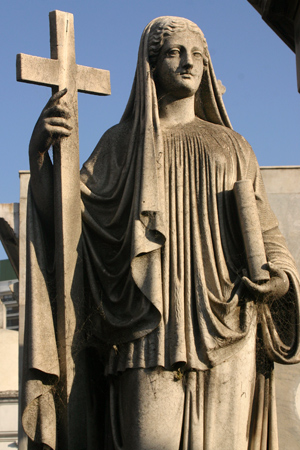
Documenting Recoleta Cemetery in Buenos Aires since 2007
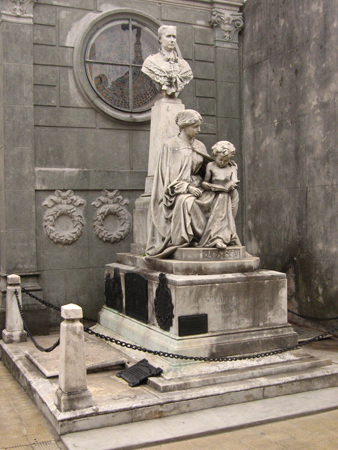
One of the most under-investigated periods of Argentine history—fundamental to its growth as a nation—may receive more attention thanks to a book recently published by Julio Crespo. “Las Maestras de Sarmiento” recounts the story of US teachers who were given grants to come to Argentina & found schools, give women the opportunity to be educated & train others to follow in their footsteps.
Prior to Domingo Sarmiento’s election as President, Mitre nominated him to represent Argentina in the US in 1865… just after the assassination of Lincoln. Sarmiento’s contact with the intellectual elite, most notably Horace Mann, inspired him to replicate American system of free, public education in Argentina. When he became President in 1868, Sarmiento encouraged US teachers to help him make his dream a reality.
Although he wanted 1,000, only 65 teachers arrived (61 of which were women). Among them was one of Polish descent, Emma Nicolay de Caprile. Arriving in 1870, de Caprile became the first director of the Escuela Normal de Maestras de la Provincia de Buenos Aires located in Barracas on the Cambacérès estate. By 1880, the school had a new location in Recoleta on Avenida Córdoba & Riobamba, just opposite the Palacio de Aguas Corrientes:
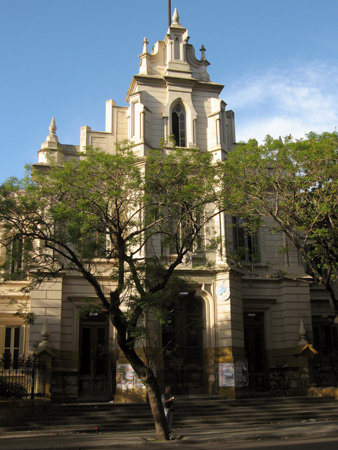
When de Caprile passed away in 1884, even Sarmiento attended her funeral & this crypt was declared a National Historic Monument in 1982. She helped introduce modern education methods & trained a generation of respected teachers. The sculpture by Lucio Correa Morales is particularly evocative:
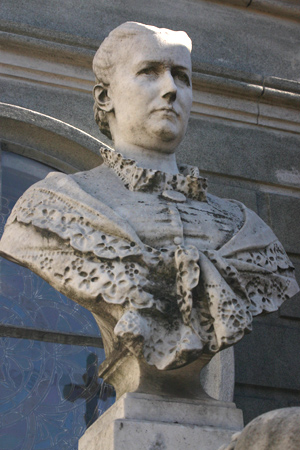
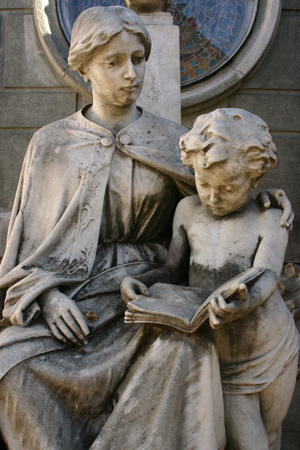
For more info about how US teachers shaped Argentina’s future, a synopsis of Crespo’s work can be found in the newspaper Página/12 (in Spanish).
Leave a CommentAlejandro Machado should be thanked for continuing his quest to find forgotten & uncatalogged masterpieces by famous Buenos Aires architects. Earlier this year, he needed help finding the location of a particular vault in Recoleta Cemetery… supposedly designed by Mario Palanti, architect of the Palacio Barolo on Avenida de Mayo:
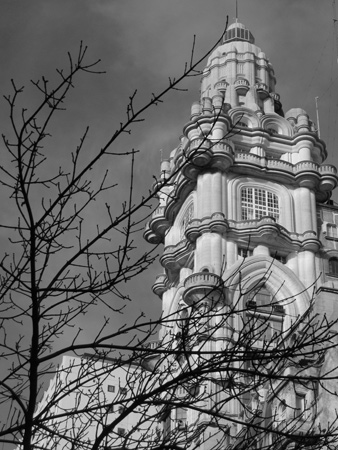
Graduating in 1909 from the same Milanese architecture school as Virginio Colombo, early recognition of Palanti’s talent brought him to Argentina the following year. A former professor included him in the team to construct the Italian pavilion for Argentina’s centennial celebrations. A hit with the public, young Palanti opened his own studio & began designing for the porteño elite. He lived in Buenos Aires until 1929 with the exception of World War I when he volunteered to serve his native country.
According to Machado’s source material, Palanti designed the tomb of Sebastián Vasena. Big, oversized, & located on a narrow walkway, it’s easy to miss & even more difficult to photograph. A ring of cherub heads with wings decorate the dome, & two eternal flame sculptures flank a large angel on the door. Even more stunning is the interior stained glass… only visible if the light is just right:
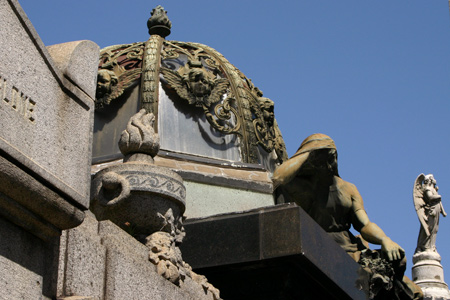
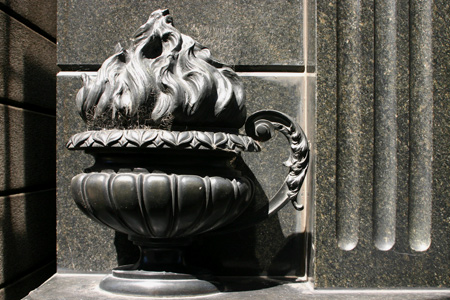
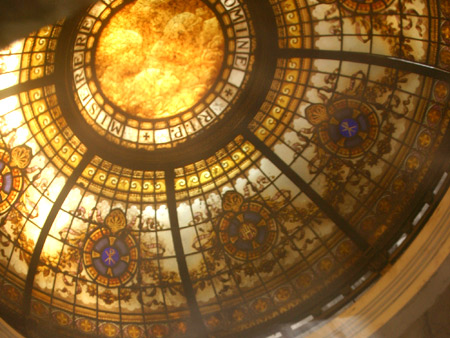
Although unsigned, Machado is still trying to confirm if the Vasena vault was in fact a Palanti creation. The same source also credits Palanti for designing the Spinetto family tomb. Could the most spectacular door in the cemetery also be the work of Palanti??
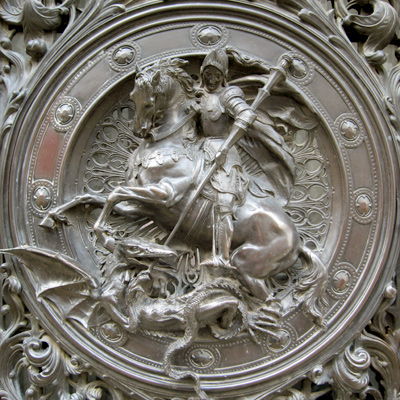
Update (24 Aug 2024): As it turns out, Palanti did not design the Spinetto family vault but instead oversaw its construction for Italian architect Gaetano Moretti… who could not come to Argentina at that time. More info here.
Leave a Comment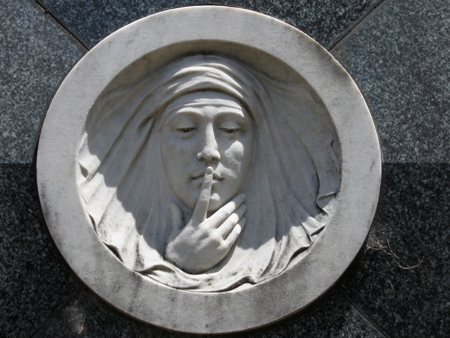
Only a few examples of a woman bringing a finger to her lips can be found in Recoleta Cemetery. Deriving from the notion that the deceased are resting or sleeping, silence demonstrates respect & allows for introspection by visitors.
Leave a Comment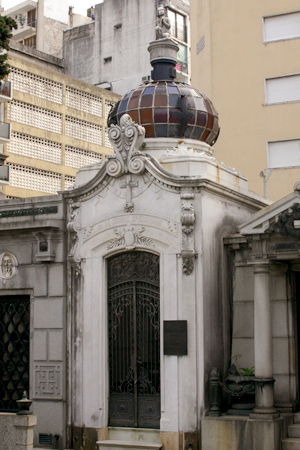
Another back wall gem, the tomb of Massimiliano Bencich has little to identify it other than two initials: BH. The Latin inscription doesn’t help much… “In te Domine speravimus” is a modified phrase from the hymn Te Deum meaning “Lord, in thee we have trusted.” Fortunately a single plaque gives away his full name, so the BH must stand for Bencich Hermanos—real estate investors & constructors who gave Buenos Aires some of its most iconic buildings.
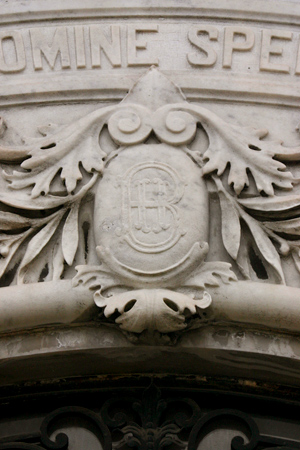
Born in Trieste (northeastern Italy) in 1885, Massimiliano arrived in Buenos Aires in 1910… one year after his brother, Miguel Juan María Bencich. Massimiliano was three years older than Miguel but the younger sibling seemed to be the more enterprising of the pair. Miguel had experience with construction, so the brothers joined forces during the boom years of Buenos Aires. Forming Bencich Hermanos in 1915, they constructed office space & apartments for decades. One of their most recognizable buildings is on Diagonal Norte, one block from Plaza de Mayo. The second photo below was taken during restoration of the domes in 2007:
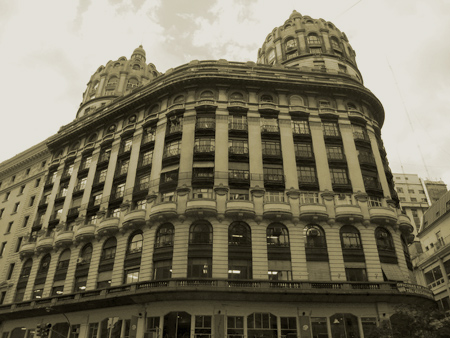
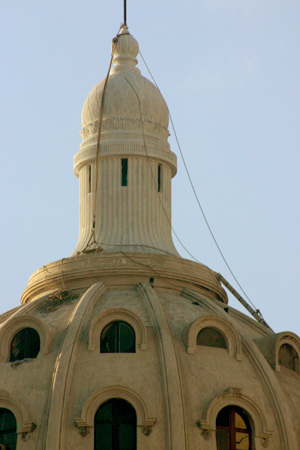
Another high-rise at Arroyo 841 was purchased & renovated by the Sofitel hotel chain in 2002… as seen from the Edificio Kavanagh & looking up from the main entrance:
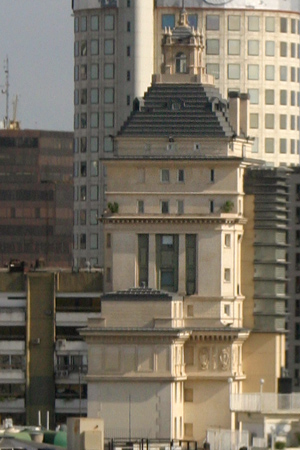
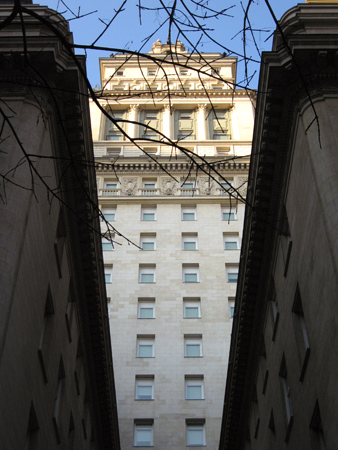
Another sits majestically on the 800 block of Avenida Córdoba & Alfonsina Storni was its most famous resident:
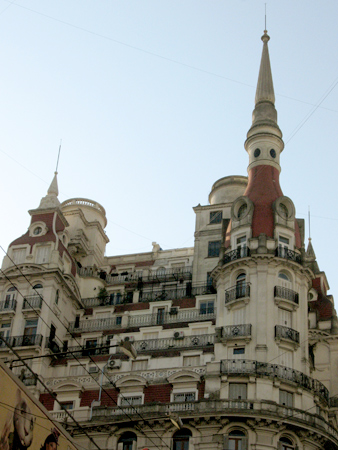
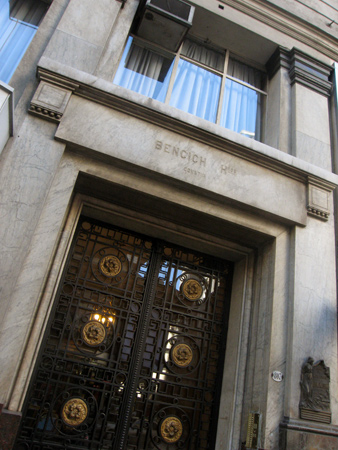
Several other Bencich buildings grace the BA skyline with their interesting domes. Not to be outdone, the tomb in Recoleta Cemetery has an equally beautiful stained glass, onion-shaped dome:
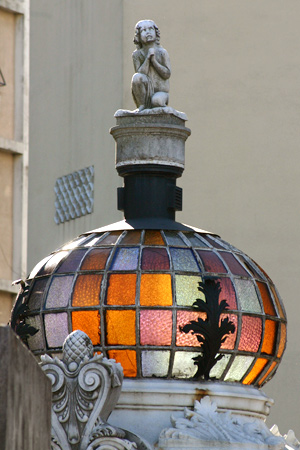
A massive, marble casket rests inside:
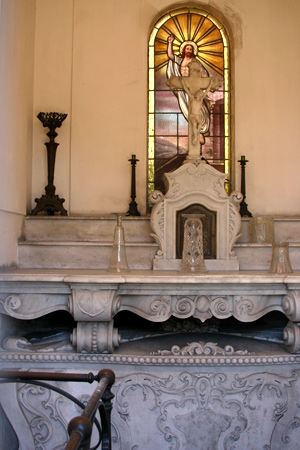
Miguel passed away in 1965 & Massimiliano followed soon after in 1972. But only the elder brother is currently buried here… Miguel Bencich can be found in a tomb near Rufina Cambacérès. But with BH inscribed above the door & the modified Latin hymn, they likely intended to be buried together.
3 Comments